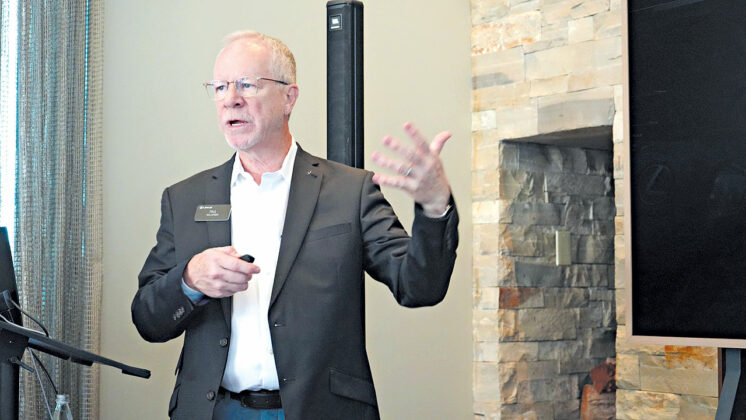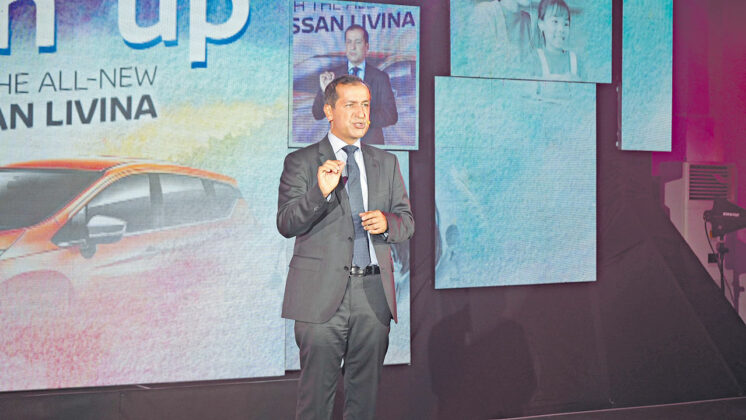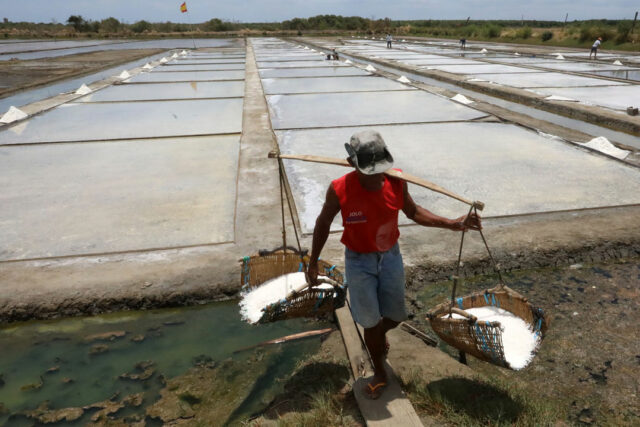Proposed changes to BOT rules may burden public with higher fees
By Diego Gabriel C. Robles
THE PROPOSED new revisions to the implementing rules and regulations (IRR) of the Build-Operate-Transfer (BOT) Law may give private sector proponents more leeway in imposing higher fees and charges to the detriment of consumers, a public investment analyst said.
“There is nothing in the rules which prevent PPPs (public-private partnerships) from imposing automatic increases in fees and charges. In fact, the rules allow initial and future fees and charges to be implemented even without regulatory approval,” convenor of think tank InfraWatch PH Terry L. Ridon told BusinessWorld.
“This will be a red line for the public, and maybe for government as well, because while the old rules greatly favored government, these new rules allow unbridled private sector power over public services,” he added.
The National Economic and Development Authority (NEDA) last week released the proposed changes to the IRR of the BOT Law.
Under the draft rules, Section 12.19 states that tolls, fees and charges can be adjusted during the life of the contract, based on an approved formula included in the contract. Prior to bidding, concerned agencies and local government units (LGUs) should consult and seek approval from the regulator for such a formula.
The draft rules had removed a clause stating a regulator has the power to approve or reject adjustments to tolls, fees, rentals and other tariffs. Also removed was the clause that prevented project proponents from including an automatic increase in tolls, fees and other charges in the contract.
Instead, the draft rules now stipulate that if the regulator disapproves the proposed amount under the contract, the agency or LGU may allow the private sector to recover the difference between the fees stipulated in the contract and the amount approved by the regulator through measures that were previously agreed upon.
“If the agency/LGU fails to implement the adjustment of tolls/fees/rentals/charges approved by the appropriate regulator, then the project proponent shall recover such adjusted tolls/fees/rentals/charges through measures allowed in the contract,” the rules stated, noting that it should not be interpreted as direct government subsidy.
The current rules absolve the agency and LGU from liability for the non-approval of increasing fees by the regulator concerned.
“The new rules should still allow government to review PPP implementation as it relates to end-user and consumer concerns, particularly on rates and pricing. It should allow the government to renegotiate service fees and rates if these are deemed exorbitant or unconscionable,” Mr. Ridon said, mentioning how the prevention of automatic increases in fees was a typical clause in previous PPPs.
“Government should be reminded that PPPs are not entirely a private concern, and it is the task of government to ensure that the public interest will be served over the course of these projects, from planning to implementation,” he added.
The draft rules also showed changes to the controversial provisions on arbitration and material adverse government action (MAGA).
Under the draft, the controversial provision which stated that “acts and decisions of regulators shall not be subject to arbitration” has been removed, implying that the government is now open to arbitration, provided that it is mutually agreed upon by both parties in the contract.
MAGA has also been changed to read as “any act of the government which the project proponent had no knowledge of, or could not reasonably be expected to have had knowledge of, prior to the effectivity of the contract; and that occurs after the effectivity of the contract, other than an act which is authorized or permitted under the PPP contract.”
Removed from the MAGA definition was the provision that excluded acts of agencies, LGUs, and the Executive branch made in the exercise of regulatory powers; as well as acts of the legislative and judicial branches.
“For purposes of the contract, the provisions on MAGA shall also provide for the rules on materiality or amount threshold, nature and manner of recourse, and cap in case of monetary compensation,” the rules read.
Rizal Commercial Banking Corp. Chief Economist Michael L. Ricafort said that the government should maintain the sanctity of contracts, a level playing field, and an effective mechanism for arbitration to attract private investors.
“It is important for investors, both local and foreign, to not change the rules in the middle of the game since infrastructure projects are mostly long term in nature, cutting across different administrations,” he said in a Viber message.
“So, the latest revisions will try to address this issue, especially any arbitrary changes by the government as partner to these infrastructure projects,” he added.
Since it took effect in April, business groups have criticized the current version of the BOT IRR, saying it compels private proponents to shoulder more risk while relieving the government of responsibility for delayed deliverables.
The Foundation for Economic Freedom, the Makati Business Club, and the Management Association of the Philippines had previously called the IRR’s provisions as “anti-market” and “unfair to the private sector.”
The NEDA is set to hold a public consultation on the draft IRR tomorrow, Sept. 13.


































